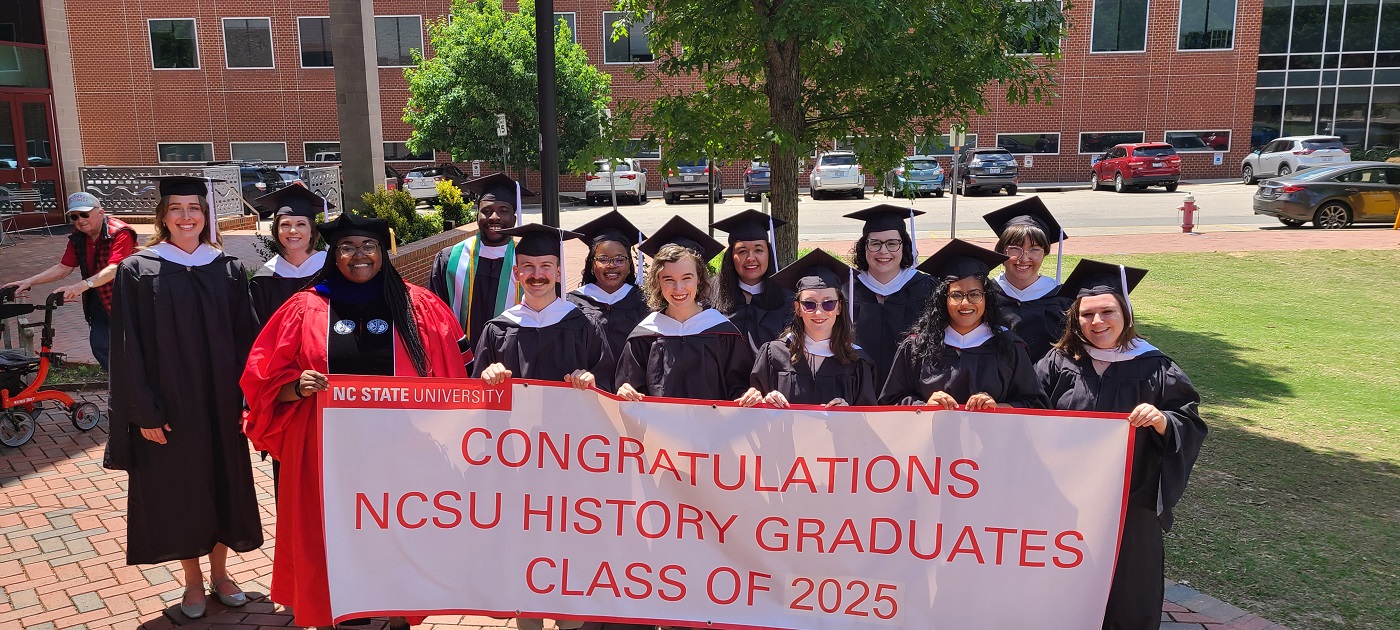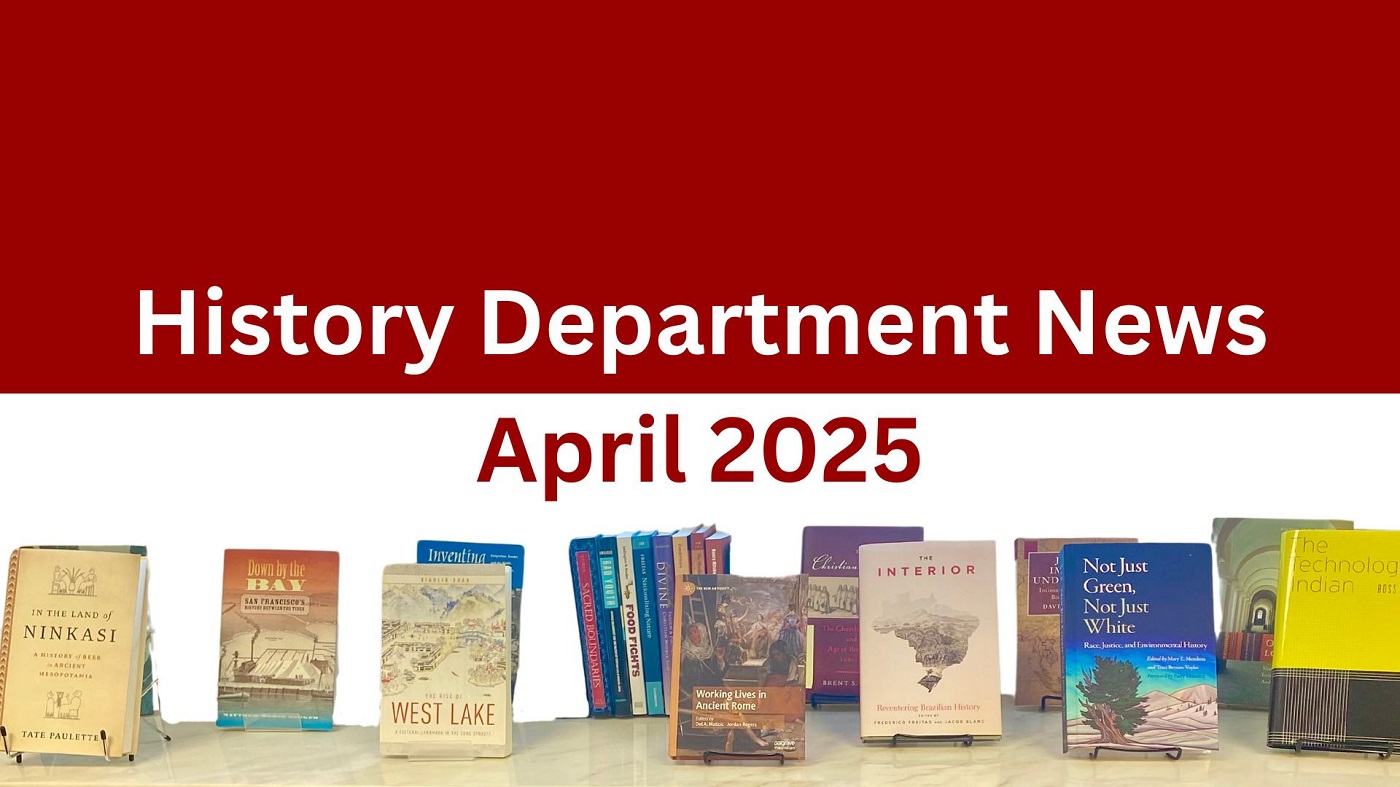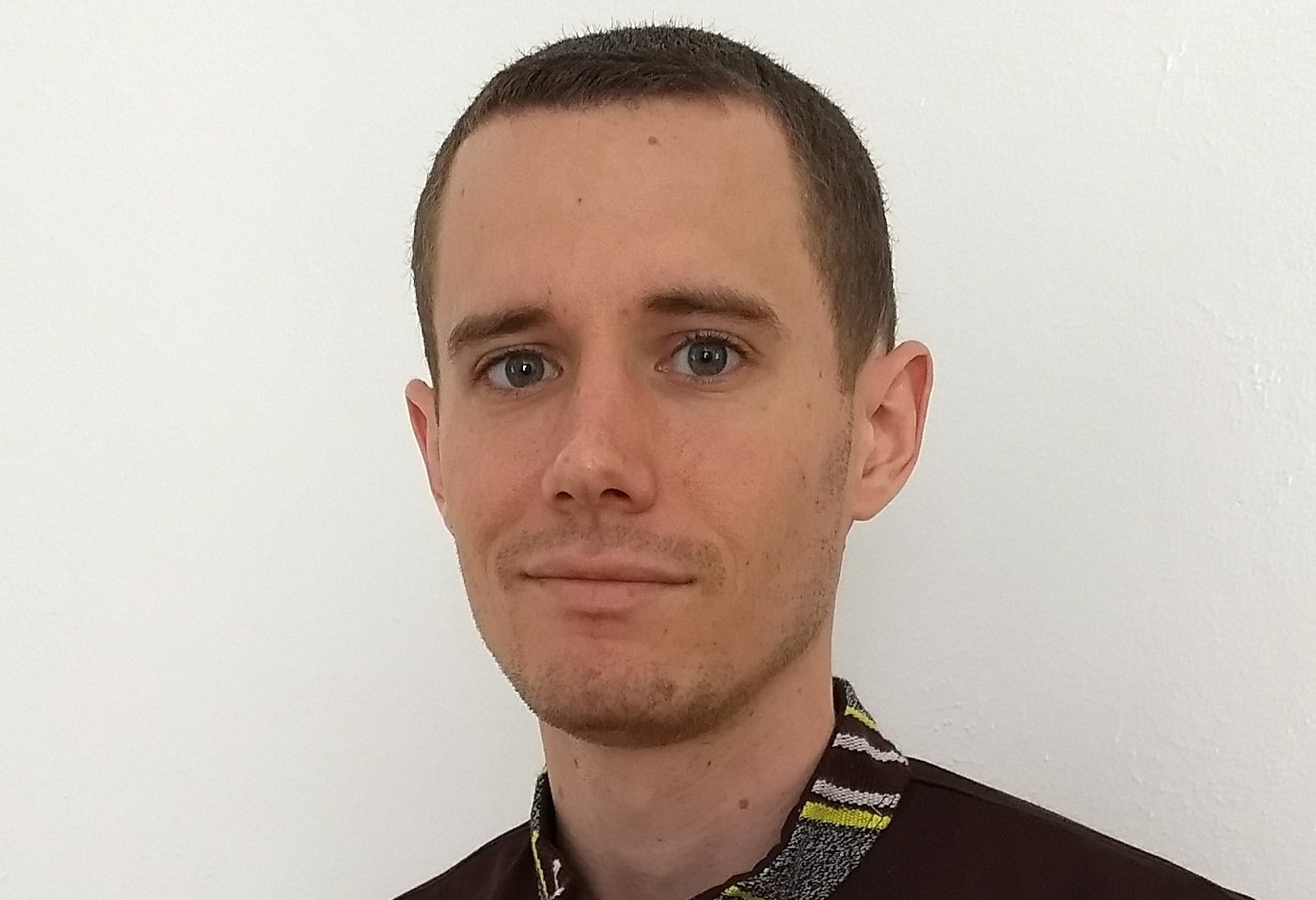Pamela K. Xipolitas received her Master’s degree from NC State’s History program in May 2015. She moved to Florida and in June of the same year was hired at Leto High School where she is bringing Archaeology excavations to her 10th graders.
In an attempt to make 10th grade World History and Dual Enrollment Early American History class engaging, I have for the past two years run an archaeological excavation at Leto High School. Having worked in the field myself, I understood that the practical skills one gains from excavation are the same skills students need to be successful beyond high school. Students are making history: they interpret, analyze, and report their findings just as tenured professors and their teams do every summer. Leto High Archaeological Project 2016 and 2017 was designed to provide activities for students that concentrate on history – similarly as STEM projects and assignments emphasize math and science.
The classroom trenches I provide to my students have a theme and they include domestic complexes and burials from all different time periods – colonial Americas, Roman empire, etc. Students use documents that we archaeologists use in the field such as locus sheets and pottery pail bucket lists. They draw top plans and utilize tools such as mussel charts. They take pictures and notes with iPads and core samples; the skills they use are from many disciplines: geology, history, critical analysis, biology, chemistry, and archaeology.
Just like a real excavation the students come to class and without any instruction they grab their tools and their bins which hold their trenches, trench supervisors get ready to take notes as excavation progresses and tell their teams how to proceed. It is an amazing thing to watch.
The population of students at Leto High come from high poverty communities and often their first language is not English, yet this excerpt from a student’s daily log shows their extreme care and articulation while interpreting history. “On May 16th we opened the trench and the first artifact we discovered was a cylindrical container filled with oil. The three following artifacts were coins; one gold, one silver, one bronze. Other artifacts we found in Locus 1 was a silver crucifix and an additional coin. As excavation continued into Locus 1, three more coins were recovered in the same location as the oil; their association is as of yet, undetermined.”
The projects are currently all done in the classroom, but next year we will begin to take the bins (trenches) outside in an outdoor class room.


